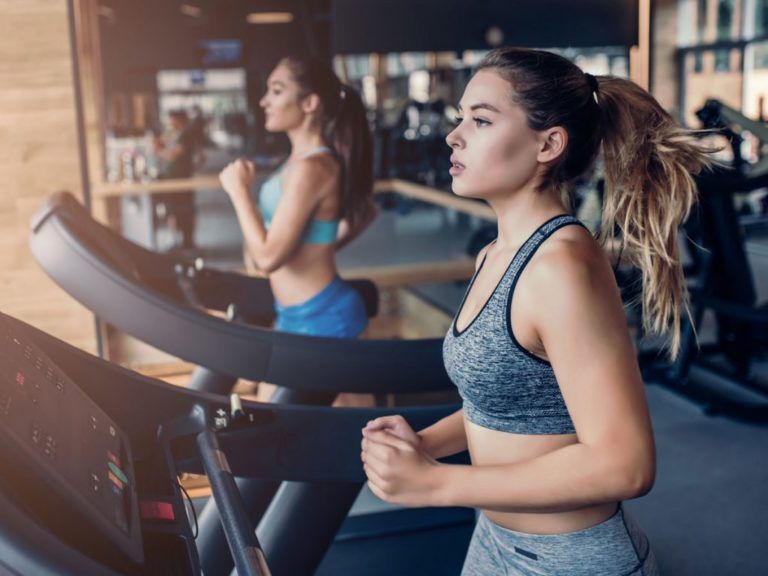
In the world of trends, a new one is introduced every few months and every fitness enthusiast jumps on the bandwagon, even if it is for a short while. All of us are familiar with HIIT and LIIS by now and have heard many people discussing the benefits of both but which one will work for you?
Let’s find out.
About HIIT training

High-Intensity Interval Training is a great option for people who love quick circuits by the end of which they are sweating profusely. You even get to challenge your body more this way and build endurance. If you are someone who dreads getting some cardio in, try some HIIT routines to mix it up a little and get done as soon as possible. The EPOC (Post Exercise Oxygen Consumption) effect is increased after a HIIT workout which helps burn more calories.
Easy HIIT circuits to try:
Lower Body Circuit:
60-sec air squats
30-sec low squat pulse
15-sec squat jumps
30-sec rest
60-sec alternating lunges
30-sec low lunge pulse
15-sec plyometric lunges
30-sec rest
Upper Body Circuit:
60-sec jumping jacks
30-sec push-ups
60-sec butt kicks
30 seconds chair dips or steps floor
60-sec cherry pickers
30-sec reverse plank
30-sec rest
Benefits of HIIT
It Helps Improve Your Blood Circulations and Fight Type 2 Diabetes Symptoms.
Strengthen your cardiovascular activity and boost your endurance.
It Helps Prevent aging and You Will Live Longer.
You Constantly Push Yourself and You Expand Your Limits Eventually.
About LISS

Low-Intensity Steady State generally involves steady-state cardio in a routine that does not require you to perform strenuous circuits. It also helps your muscles warm up gradually. However, it shows no effect on EPOC. This does not give an edge to one over the other as LISS has its own set of benefits.
LISS activities to try:
Brisk walk
Swimming.
Hiking
Steady cycling
Steady rowing
Cardio equipment (treadmill, elliptical)
Benefits of LIIS
It aids in fat burning and fat loss
It’s appropriate for all levels
It allows for easier recovery
It’s an effective way to train for endurance events.
It’s also great for recovery after a difficult workout.
To conclude, you can pick either of the routines as they both come with their own benefits. Decide what works best for you and find a way to include it in your workout routine.